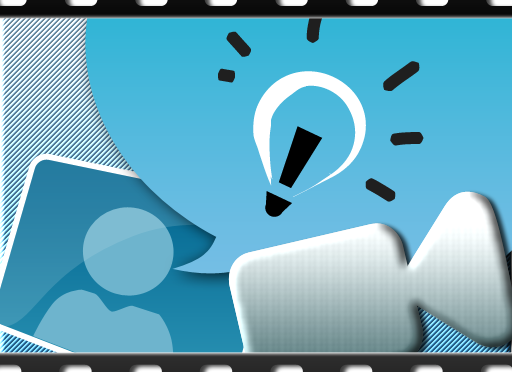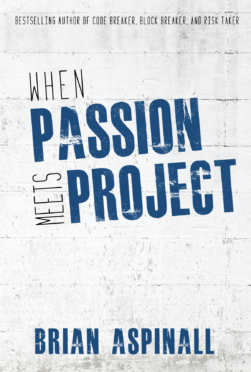App Smashing: A Definition … The art of imaginatively using multiple apps to create an enhanced project. There are no limitations here peeps … let your mind (and your students minds) soar!
I’ve been feeling quite inspired lately. I account some of that to my role on our TLLP project of helping others with technology. I account some of that to the upcoming #bit14 conference I am presenting at (http://lanyrd.com/2014/ecoo14/sdbcrb/). I also account some of it to this year’s edcamp – which is soaring in terms of registrations (register here: www.edcampswo.com). Maybe its having a student teacher at the moment. Whatever the factors – I’m in a good place right now. Driven is a good choice of word.
Our class is currently working on 2D measurement – more specifically the parts and properties of a circle. Traditionally students would label circles – chord, arc, diameter etc. and then find the circumference and area of various circles using formulas.
We are going to do something slightly different.
From the Ontario curriculum – specific expectations for grade 8 measurement:
-Measure the circumference, radius, and diameter of circular objects, using concrete materials;
-Determine, through investigation using a variety of tools and strategies, the relationships for calculating the circumference and the area of a circle, and generalize to develop the formulas;
To begin our task, each student is going to draw and label the parts of a circle using a pencil, paper and a compass. Yes – I am using paper for this. This is a crucial component.
Next, each student is going to take a picture of their drawn circle using an iPad in order to get the image to the camera roll. Once this has been accomplished, students are going to import the picture into Explain Everything and begin to record their own lesson outlining specified details.
Each student will be required to create a video tutorial with the following details:
- An explanation of the relationship between diameter, radius and circumference
- An example problem in which they find the circumference of their drawn circle
- An example problem in which they find the area of their drawn circle
- An explanation of how to find diameter / radius given circumference or area
After this step, we are going to have a lesson on augmented reality.
aug·men·ted re·al·i·ty
noun
noun: augmented realitya technology that superimposes a computer-generated image on a user’s view of the real world, thus providing a composite view.
In other words, scanning the students’ drawn image will target their video explanation on a user’s device.
Using Aurasma, students are able to connect real world content to digital world content.
To begin, we will need to register an Aurasma account using our school board provided email addresses. Following registration, students are able to import from camera roll the video tutorial they have created. Aurasma will then ask for a trigger image. At this point students will take a picture of their hand drawn circle. Now you see why I used paper?
Each student will have to create an Aurasma channel and I will have to take the time to follow each channel to see the augmented reality content. A little clerical but only needed to be done one time for the entire school year.
When all is said and done, I will have a bulletin board of 24 hand drawn and labelled circles. Each circle, when scanned with Aurasma, will trigger a video tutorial explanation of the parts and properties of a circle for each student. The entire 2D measurement strand in one culminating task. Research shows kids (people) who teach better understand concepts so there is real value to this task. Plus it is creation – a 21st century fluency. And media. And literacy. The extensions to this project are large and we can make it as cross curricular as we wish.
Of course we won’t stop there. To finish the strand we will code an app to find the circumference and area of a circle based on user specified data for radius or diameter – likely using Scratch.
How would you alter or extend this activity?
TGIF, folks!
-B



 For all the kids who grow up in a small town and think they don’t stand a chance. You do. I was once that kid.
For all the kids who grow up in a small town and think they don’t stand a chance. You do. I was once that kid.
great idea to have them learn those concepts.
Thoughts on extensions……
At the beginning……have them each draw their own circle by hand…set it up as a competition! Who can draw the best circle? — this can lead into a discussion on “what makes the best circle”. You could then discuss the idea of diameter! They could measure their diameter …..Or a few diameters to see who has the best circle! Then set them off to measusuring the rest….
I like the idea of them exploring the measurements of the drawn circles before doing anything digital. Leaves room for mini lessons / discussions about specifics in 2D measurement. Thanks for sharing, sir!
Great idea for application of knowledge, quick AR question. Is Aurasma the way to go? We experimented with Layar last year, stu’s found it to be less than user friendly. Big thanks for sharing, will be running this in my room soon.
To be honest I have only ever used Layar and Aurasma. I prefer Aurasma – although it can be tedious – You have to follow student channels to view their content – or have them add to your channel but that requires your accnt info.
Love to hear how it goes for you!
As a junior high teacher teaching over 130 students ive found it much simpler creating 1 account for each class. The kids login to it and post their videos.
The drawback is that the kids are able to watch each others videos without pointing their camera at the image because all the videos are saved in that shared account lol. Sorta defeats the purpose.
This year, i am going to try having each kid set up an account. Im dreading the idea of having to do it but subsequently looking forward to experie cing the true potential of this app.
Brian, if i remember correctly, Aurasma places strict limits on video length. I had kids speed talking just so they can finish within the allowed timeframe. Reducing the camera resolution made only a small improvement. Do u have any experience with this issue.